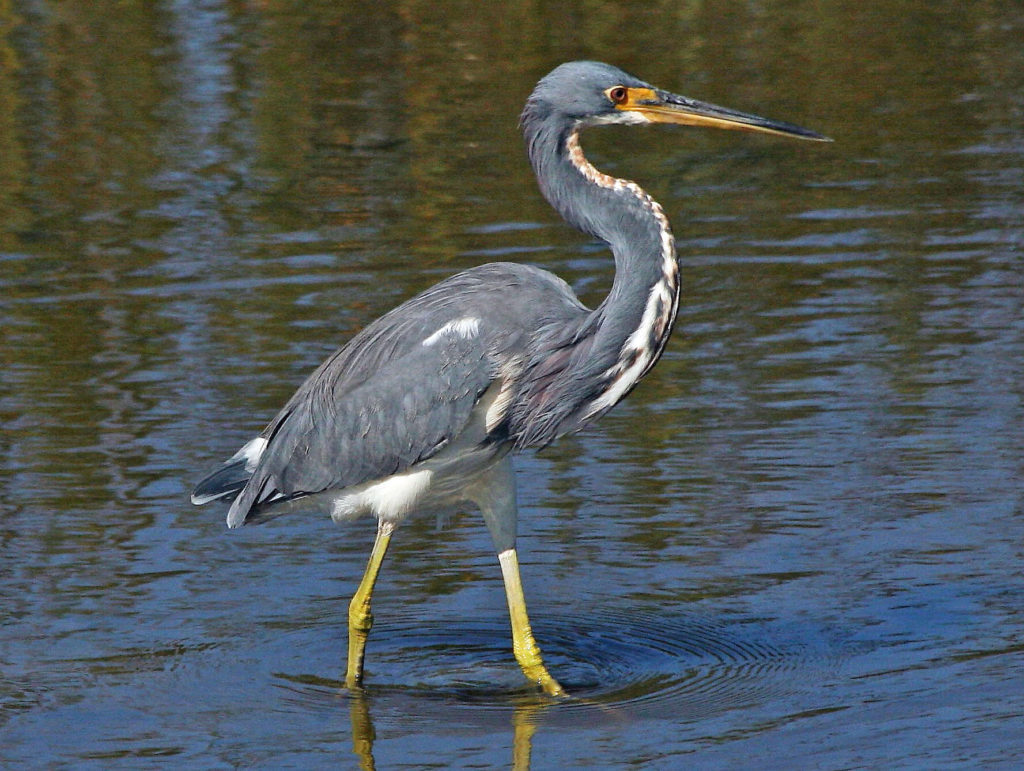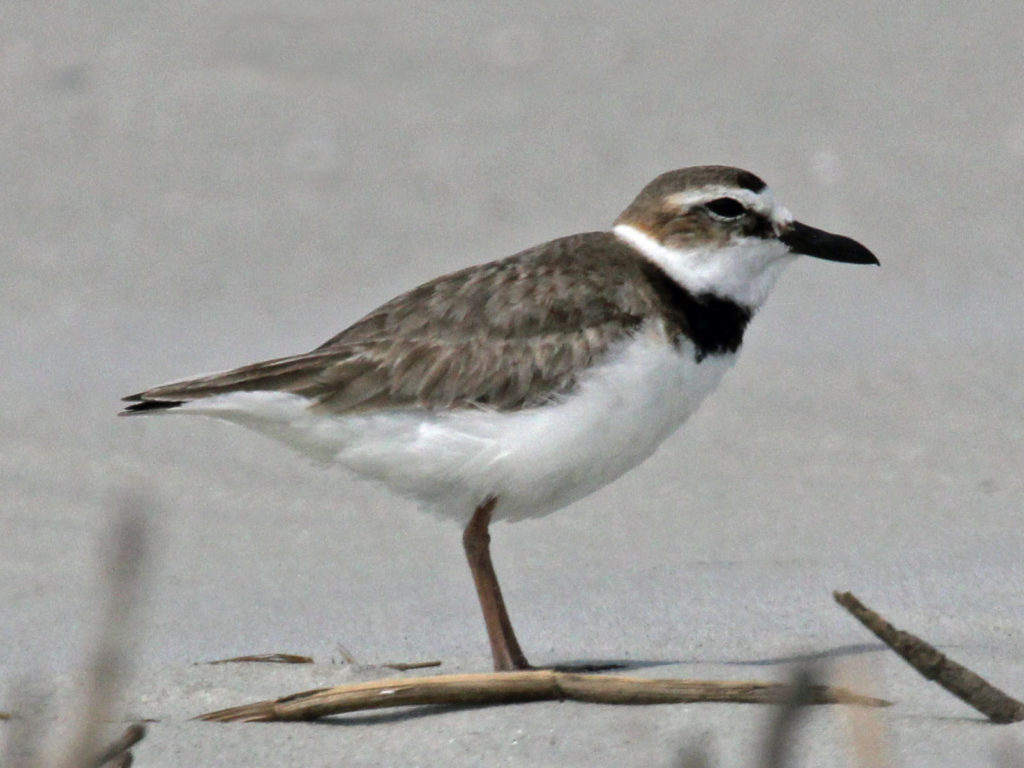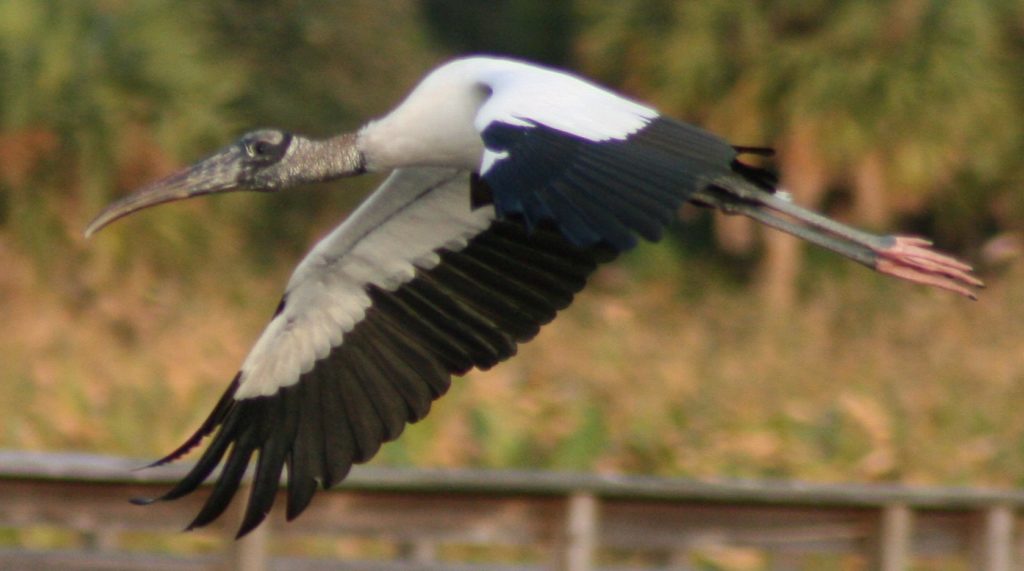
3 – Tricolored Heron (Egretta tricolor) – State Threatened

Tricolored Herons ( formerly known as Louisiana Herons ) feed primarily on fish from fresh and saltwater habitats. They are slate gray with a reddish-blue head and neck, and a white belly and throat. These birds are among the smaller waders in Florida. They nest colonially in freshwater and coastal island colonies, where they often compete with larger species for the best nest spots.
Currently, the greatest threat to the Tricolored Heron is habitat loss and degradation together with disturbance of nesting colonies. Wetland destruction has caused a decrease in heron populations from their historic numbers. Since the 1950s, habitat loss has occurred at an alarming rate in New Jersey, destroying wetlands critical to breeding herons. This species is listed as Special Concern during the breeding and non-breeding seasons.
Like many species in New Jersey, protecting Tricolored Herons is closely tied with protecting their wetland habitats. Strong environmental laws to protect wetlands from disturbance and development help to protect wetlands and the heron.

2 – Wilson’s Plover Charadrius wilsonia

Wilson’s Plovers are slightly more common than the Snowy Plover and more flexible in their habitat requirements. However, monitoring data indicate both a declining population and a contracting range.
These plovers are solitary ground nesters that feed primarily on fiddler crabs and other coastal invertebrates. Development and disturbance to nesting areas from beach-recreation and management are significant causes of population decline. They are particularly susceptible to rising sea levels.


1 – Wood Stork Mycteria americana – Federally Threatened

Wood Storks are year-round Florida residents that nest colonially over water, historically in mangroves or cypress trees. In recent decades, records they have also been found nesting in altered habitats on islands in man-made stormwater ponds, using Brazilian pepper and other trees. Their feeding strategy relies completely on shallow water levels where they can wade.
These tactile feeders sweep their heads back and forth through the water with bill open until they make contact with a fish, frog, crayfish or other aquatic animals. During the nesting season, adults rely on the seasonal dry-down of wetland areas to concentrate prey, allowing efficient foraging to provide for their rapidly growing chicks.

Thanks to Audubon.


